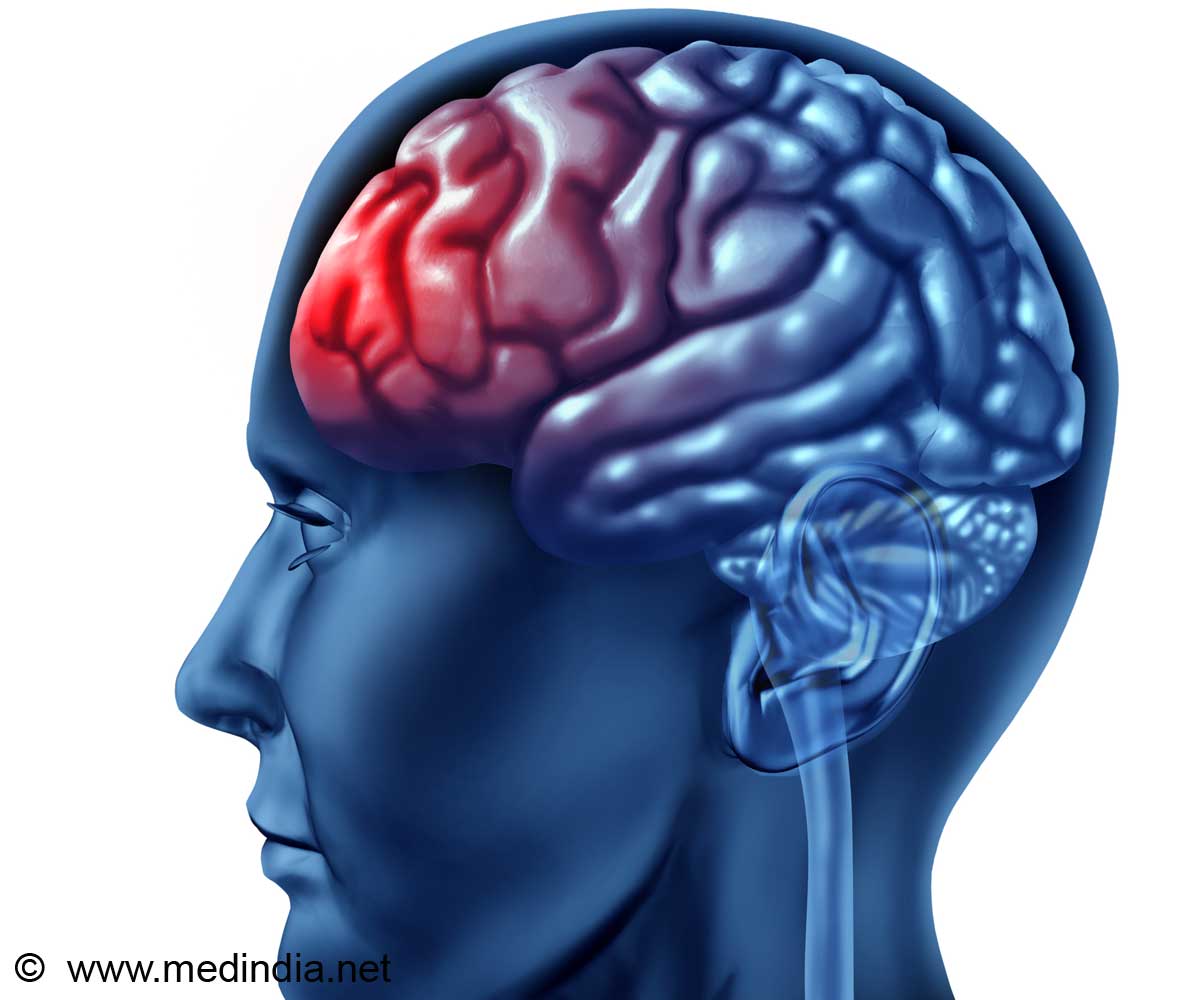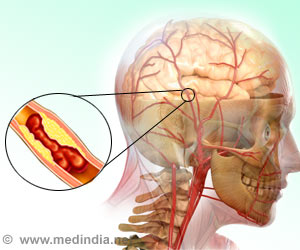
Observing Effect on Neurons in Real Time High-res images of TMS effects have now for the first time been successfully generated by RUB researchers in animal testing. The work group headed by PD Dr Dirk Jancke, Institut für Neuroinformatik, utilises voltage-sensitive dyes which, anchored in cell membranes, send out fluorescent light signals once neurons get activated or inhibited. By using light, the researchers avoided the problem of measurement of artefacts occurring due to magnetic fields. "We can now demonstrate in real time how one single TMS pulse suppresses brain activity across a considerable region, most likely through mass activation of inhibiting brain cells," says Dr Jancke. With higher TMS frequencies, each additional TMS pulse generates an incremental increase in brain activity. "This results in a higher cortical activation state, which opens up a time window for plastic changes," explains Dr Vladislav Kozyrev, the first author of the study.
Chances for Patients The increased neuronal excitability may be utilised to effect specific reorganisation of cell connections by means of targeted learning processes. For example, through visual training after TMS, the ability to identify image contours improves; moreover, a combination of these methods enhances contrast perception in patients with amblyopia - a disorder of sight acquired during child development.For many neurological diseases of the brain, such as epilepsy, depression and stroke, specific models have been developed. "Deployed in animal testing, our technology has delivered high spatiotemporal resolution imaging data of cortical activity changes," says Dirk Jancke. "We are hoping that these data will enable us to optimise TMS parameters and learning processes in a targeted manner, which are going to be used in future to adapt this technology for medical treatment of humans."
Source-Eurekalert












